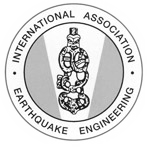Speaker
Description
The assessment of the seismic performance of historical buildings faces numerous challenges, mostly related to the diversity of the building stock and the uncertainties associated with the characterisation of the structural and construction systems. However, such assessment is essential, not only considering the human and material losses that can stem from the poor seismic performance of these buildings but also due to the role that historical constructions play in terms of housing and economic activities, particularly in the context of urban historical centres. Several approaches are currently available for this purpose. Among those, index-based methods have been gaining momentum worldwide due to their excellent balance between simplicity and accuracy. These semi-quantitative techniques, known in the literature as first-level approaches, permits to estimate the levels of damage for specific seismic intensities based on a ponderation of a series of structural and architectonic characteristics. However, so that the outputs obtained from these methods can be considered reliable, it is fundamental to adopt data collection strategies that can be simultaneously expeditious but capable of offering high-quality information. At present, Geographic Information System (GIS) tools are valuable databases for storing a wide variety of information. Moreover, the democratisation of portable informatic devices, namely smartphones and tablets, has enabled to decentralise those databases, speeding up processes and making work more collaborative. This paper details a suitable workflow that considers the use and adaptation of open-source tools, starting from creating a GIS database, the design of a survey specifically tailored to feed an index-based vulnerability-assessment approach, and its implementation in an open cloud service and its distribution through open-source smartphone apps. The city of Atlixco (Puebla, Mexico) and the September 19th, 2017 earthquake are used here to analyse and discuss the application of such a workflow in a real case-study.
| DOI | https://doi.org/10.5592/CO/1CroCEE.2021.22 |
|---|---|
| Keywords | Vulnerability assessment, Geographic Information System, Historical Buildings, Masonry Constructions |







